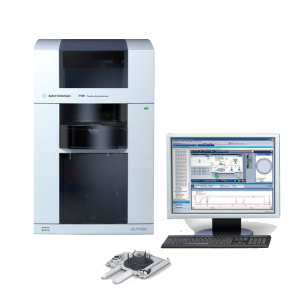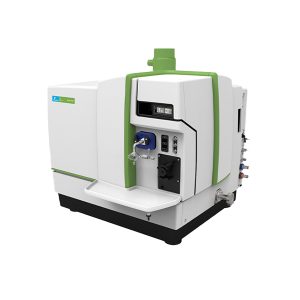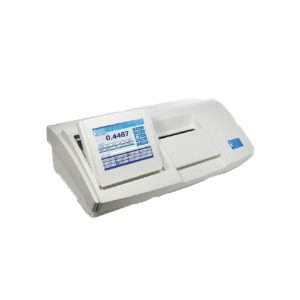Applications
Sample Requirements
Typical Result
Applications
GC-MS is highly effective and versatile analytical techniques with numerous scientific applications. It is a very useful for quality control, analytical research, impurity profiling and maintenance for human welfare and development:
-
1
Environmental Monitoring
-
2
Food, Beverage, Flavour and Fragrance Analysis
-
3
Forensic and Criminal Cases
-
4
Security and Chemical Warfare Agent Detection
-
5
Astro Chemistry and Geo Chemical Research
-
6
Medicine and Pharmaceutical Applications
-
7
Petrochemical and Hydrocarbons Analysis
-
8
Clinical Toxicology
-
9
Academic Research
-
10
Industrial Applications
-
11
Energy and Fuel Applications
Sample Requirements
-
1
Volatile Liquid
Typical Result
All enquiries please contact:

NORZAMZURINA ISMAIL
B.Sc. (UM) Bioinformatics
Email: norzamzurina@ukm.edu.my
Contact Number: 03-8911 8506
Location:
Level 1, i-CRIM Centralised Lab, Centre for Natural and Physical Laboratory Management UKM (ALAF-UKM), Research Complex UKM





